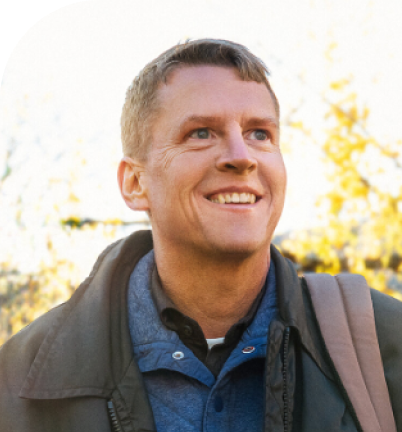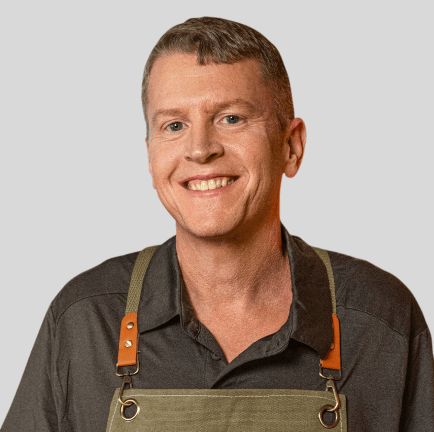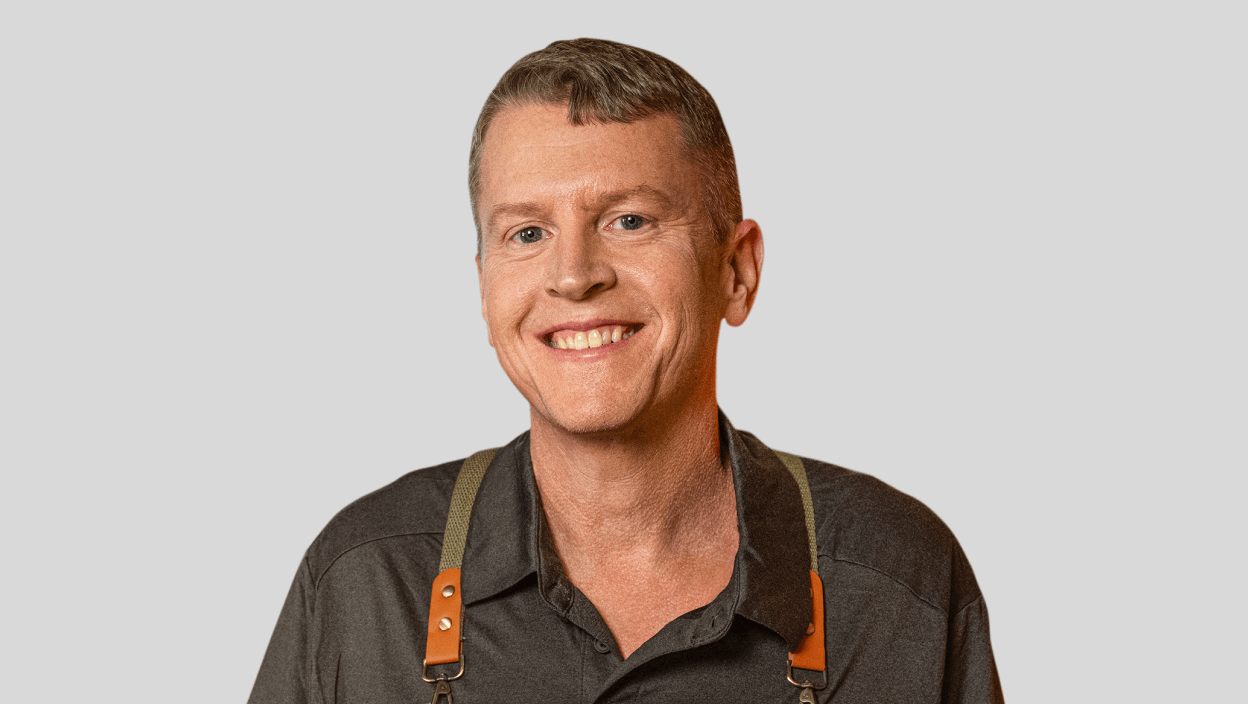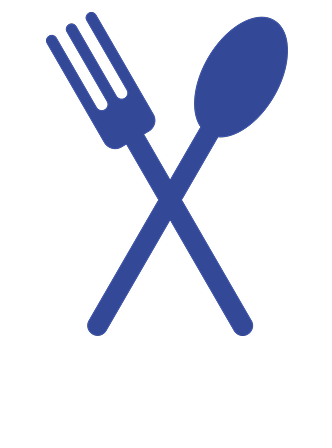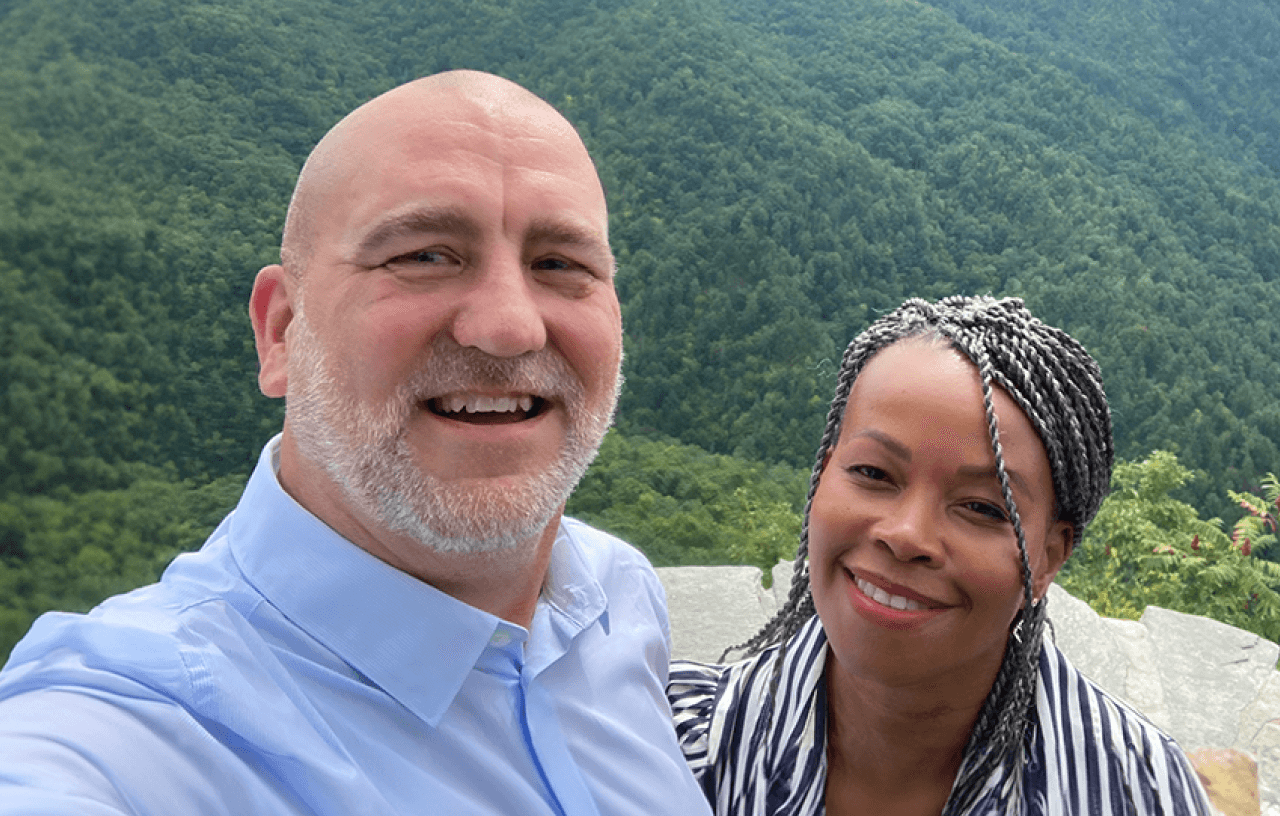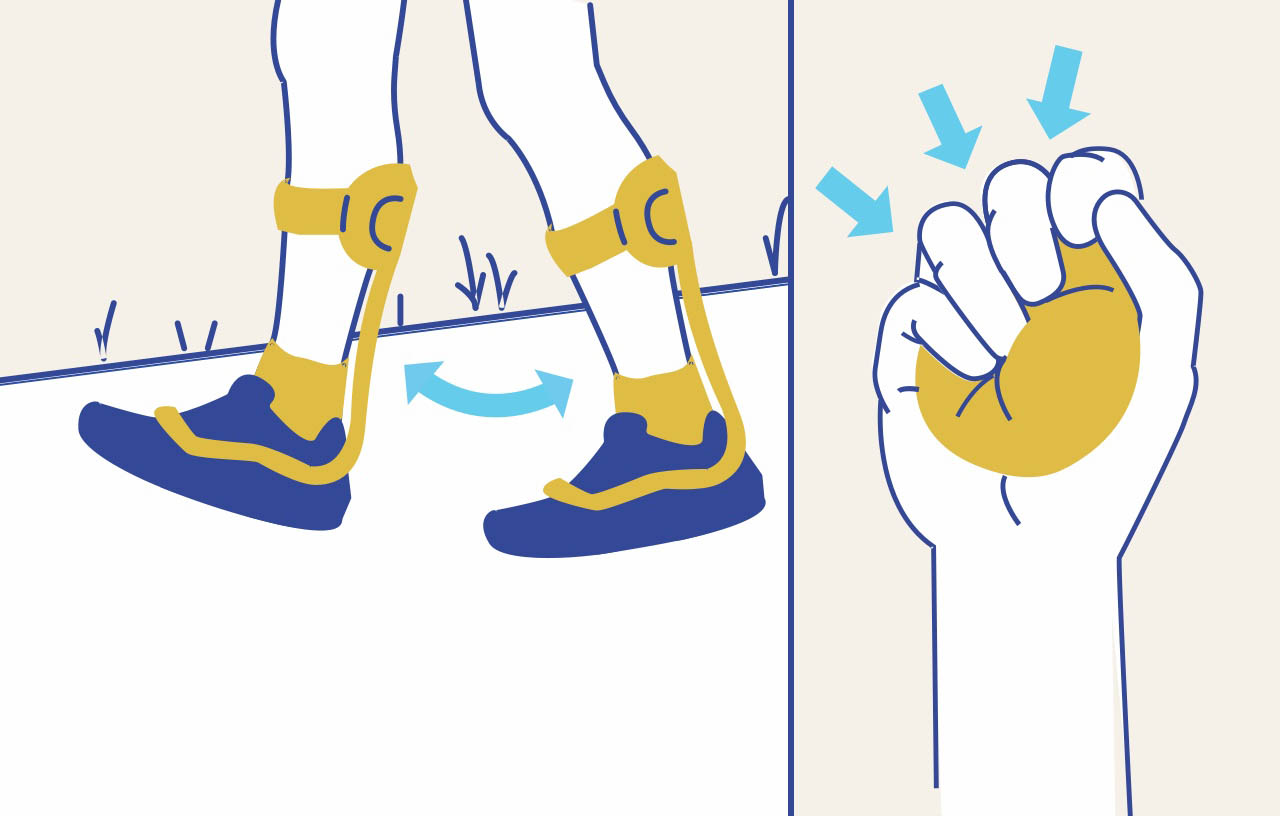Finding a calling in life is a gift, and for Mike, that was working as a chef in an energetic, fast-paced restaurant environment. But what happens when life forces you to redefine your passion? Mike faced this question after his CIDP diagnosis, as his symptoms made it difficult to keep up in the kitchen.
Though he had to hang up his chef hat, Mike didn’t lose sight of what fulfilled him: the world of food. He found a way to make the best of his circumstances by redirecting his culinary passion toward studying nutrition to promote health and well-being. “I had to adjust to a new normal,” he reflected. “Being a chef is a physically demanding profession, so I wanted to work with food in a less physically demanding way. That’s why I chose nutrition.”
Watch how Mike’s CIDP journey led him from the kitchen to the classroom
Being a chef is a physically demanding profession, so I wanted to still work with food in a less physically demanding way. That’s why I chose nutrition.
Behind the apron
Before his CIDP diagnosis, Mike spent 16 years as a professional chef at a family-owned bistro outside of Chicago that offered savory shareables, delicious wine pairings, and more. His favorite part of being a chef was the constant activity. “I loved the action of the kitchen,” he shared. “During a dinner rush, everything was pure chaos, but it was controlled chaos.”
Diagnosis and family support
The first CIDP symptoms Mike noticed were leg pain and difficulty walking, which progressed over time. “That’s when I realized I had to do something,” he shared.
After two visits to the emergency room and undergoing various tests, Mike was later referred to a neurologist, who performed an EMG (electromyography), followed by a spinal tap. Based on these test results, Mike was diagnosed with CIDP—6 months after first looking for answers.
Although relieved to have a diagnosis, Mike recalled, “Then the reality set in that I will deal with this for the rest of my life.” However, Mike realized accepting that CIDP is a chronic condition wasn’t the biggest challenge, it was acclimating to a slower-paced lifestyle. He explained, “I’ve had to learn to be patient with myself.”
Throughout this challenging time, Mike's family provided unwavering support. He moved in with his brother, and his sister adopted his dog to help him adjust. “My family has been my biggest motivation to keep moving forward,” Mike said.
A fresh start in nutrition
Though Mike has always loved working with food, he became interested specifically in nutrition when he was at the hospital seeking a diagnosis—and a doctor recommended he try a healthy diet. Though proper nutrition alone couldn’t address his condition, it helped Mike realize that a healthy lifestyle could complement his CIDP treatment plan. “CIDP is out of my control, but I can control what I eat to feel better and optimize my body,” he said.
Today, Mike focuses on eating plenty of hearty salads, fruits, and vegetables while being mindful of his calorie intake. Along with a healthier diet, he began going to the gym, where he’s found a supportive social circle that keeps him motivated to exercise while living with CIDP. “I’ve gotten to know a lot of good friends at the gym—they hold me accountable,” Mike said. “It’s almost unspoken; you want to go every day to be a part of the group.”
CIDP is out of my control, but I can control what I eat to feel better and optimize my body.
To further his nutrition knowledge, Mike is pursuing a bachelor’s in nutrition at a state university in Illinois through online and in-person classes. Interested in the connection between the gut microbiome and neurology, Mike’s ultimate goal is to help others lead healthier lifestyles—perhaps through rehabilitation counseling, where he could use his nutrition expertise to help people who are newly disabled.
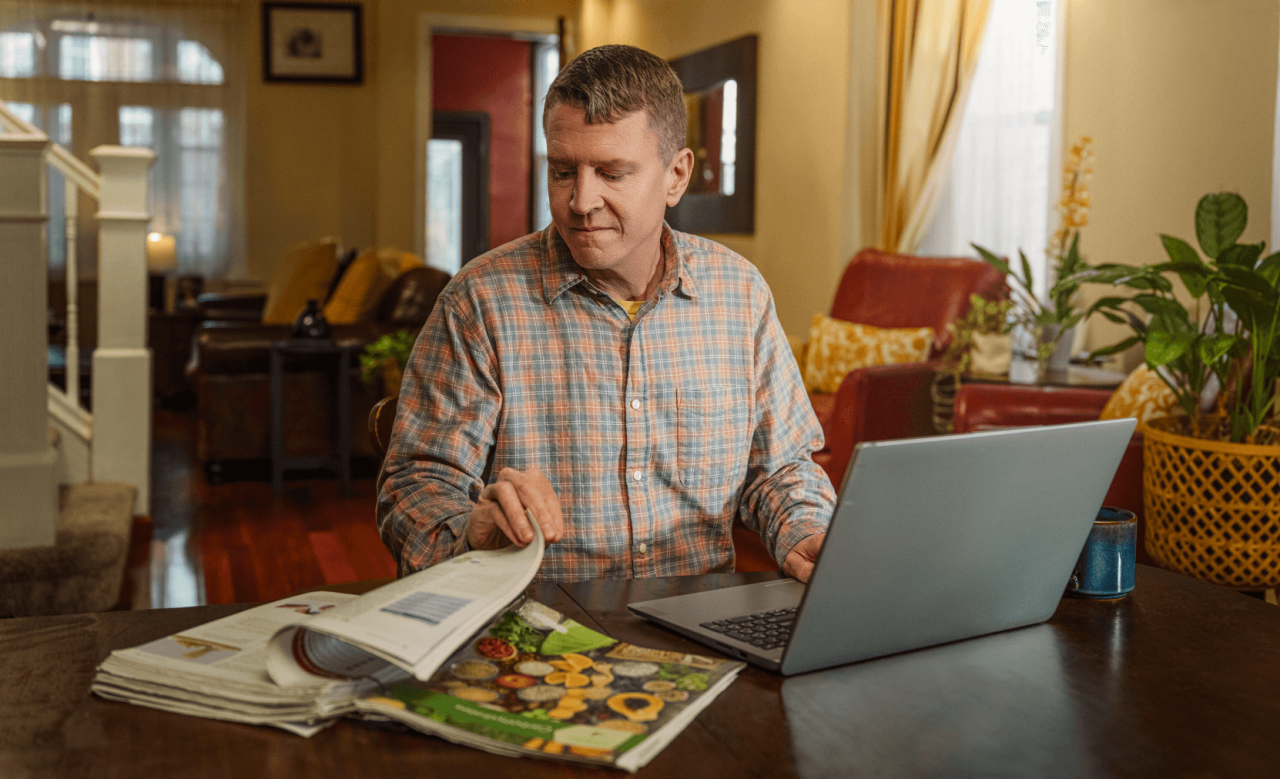
On campus, Mike has discovered volunteer opportunities in the nutrition world by joining the Student Dietetic Association, which participates in outreach programs. With the organization, he has taught children's nutrition classes to help combat childhood obesity. This work is helping him determine the best path for his future in nutrition.


